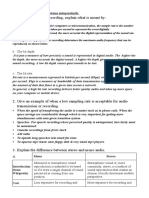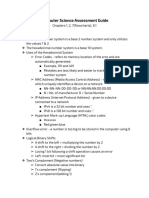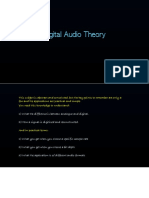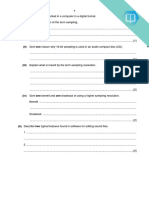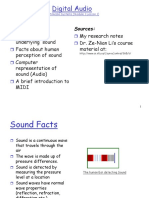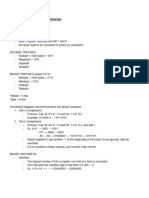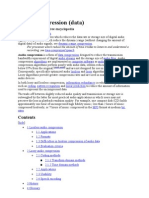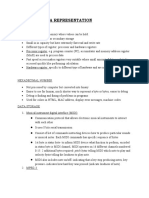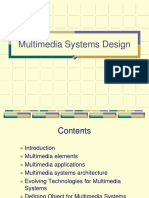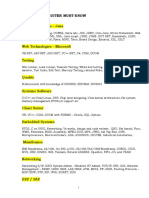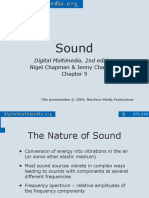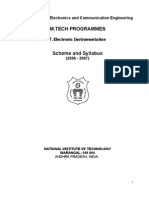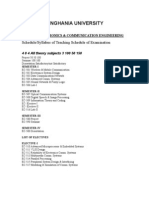0% found this document useful (0 votes)
24 views6 pagesCs Notes
The document provides detailed explanations of various technical concepts including MAC addresses, differences between DVD and Blu-ray, inkjet printing processes, drawbacks of parallel data transmission, lossless audio compression, and sample rates and resolutions. It also includes a comparison table of compression types and a pseudocode for a linear search algorithm. Each section outlines definitions, structures, and implications relevant to the respective topics.
Uploaded by
skondle045Copyright
© © All Rights Reserved
We take content rights seriously. If you suspect this is your content, claim it here.
Available Formats
Download as PDF, TXT or read online on Scribd
0% found this document useful (0 votes)
24 views6 pagesCs Notes
The document provides detailed explanations of various technical concepts including MAC addresses, differences between DVD and Blu-ray, inkjet printing processes, drawbacks of parallel data transmission, lossless audio compression, and sample rates and resolutions. It also includes a comparison table of compression types and a pseudocode for a linear search algorithm. Each section outlines definitions, structures, and implications relevant to the respective topics.
Uploaded by
skondle045Copyright
© © All Rights Reserved
We take content rights seriously. If you suspect this is your content, claim it here.
Available Formats
Download as PDF, TXT or read online on Scribd
/ 6
